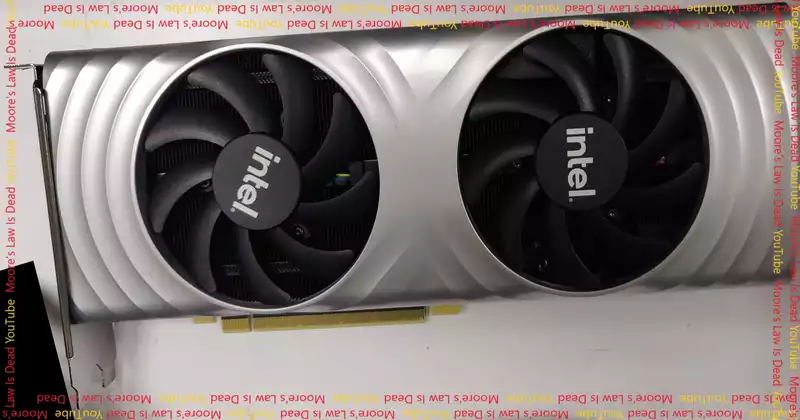Any competition is welcome, as RTX 3070 stock is still very hard to come by and AMD's alternatives have not fared much better. And Intel's Arc Alchemist GPU, which offers similar performance to Nvidia's RTX 3070, seems to be just the ticket on paper. [However, YouTuber Moore's Law is Dead claims to have provided a first look at what this GPU will look like on the card, or what the card will look like in its current pre-production state.
Fortunately, Intel has been reasonably transparent about what to expect from this card, so there is no need to try to read between the lines from the image alone.
At an Architecture Day event earlier this year covered by HotHardware, Intel revealed that Alchemist will be the first in the Arc series of commercial GPUs, offering up to eight render slices per GPU instantiation, one slice 4 cores per slice and 16 vector engines per core.
The card appears to offer 512 EU (execution units), but other leaked information suggests that 448, 384, 256, and 128 EU versions may also be in development.
At this week's event, Intel also confirmed that the card will support real-time ray tracing, mesh shading, and variable rate shading. It will also include up to 16 dedicated matrix engines for AI acceleration. These will be used for Intel's supersampling technology called XeSS, which is intended to compete with Nvidia's DLSS and AMD's FidelityFX Super Resolution.
Supported games should theoretically be able to combine 1080p performance with, say, 4K output and output a higher resolution than a computer can normally output. Below are some examples of this in action from Intel's Architecture Day:
Of course, tech demos do not necessarily reflect real-world performance, but they all look very promising as first attempts at the latest discrete graphics cards.
And while the global chip shortage is not necessarily fun for any technology manufacturer, this could actually play nicely into Intel's hands, as AMD and Nvidia cards fly off the shelves as soon as they are restocked and fetch absolute high prices on Ebay, Loyal customers who are wary of trying Intel cards may decide it is better to take their chances than to pay more for the first card they choose.
That is, of course, if Intel does not face the same difficulty in keeping inventory of cards available early next year...
.









Comments